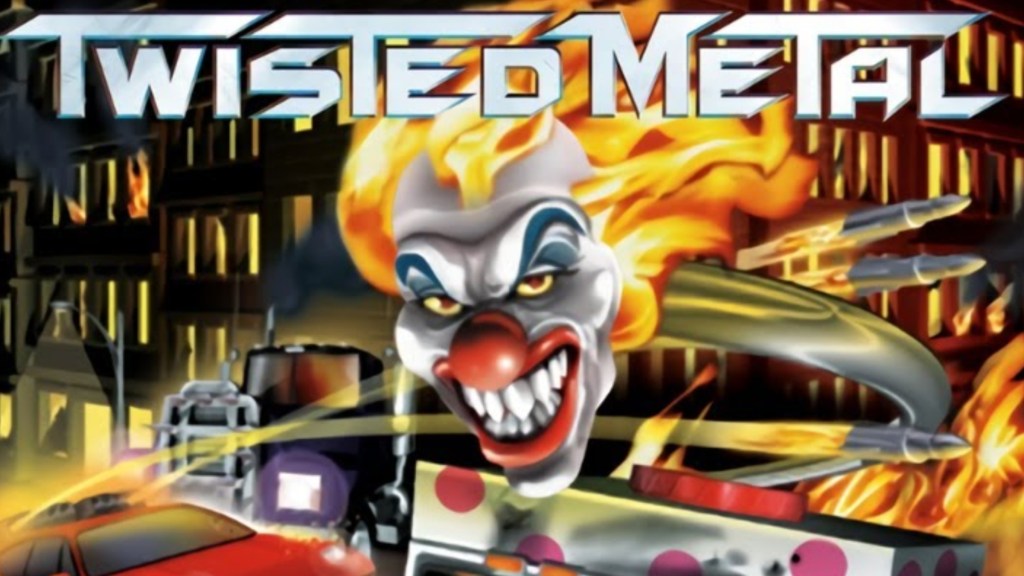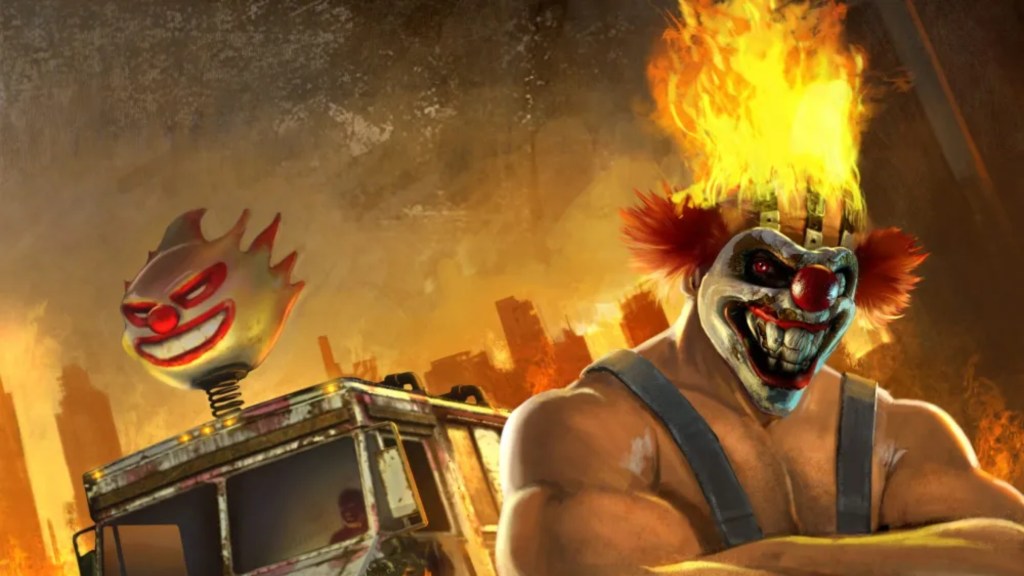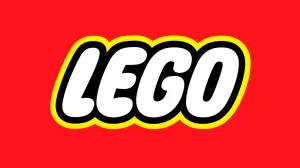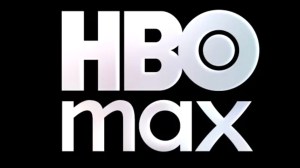Twisted Metal debuted 30 years ago today, and it remains one of the most important — and chaotic — franchises in PlayStation history. When Twisted Metal first hit the market, the developers had been debating it internally. While it had been met with some pushback by focus test groups and people within Sony Computer Entertainment’s Japanese division, the was pushed onto the American market on November 5, 1995.
Videos by ComicBook.com
Quickly becoming a fan favorite and a critical hit, Twisted Metal went on to become a definitive franchise for the first PlayStation before making the leap to the PlayStation 2 with the refined (and still engrossing) Twisted Metal: Black. The series has found new life in the modern day, thanks to a solid TV adaptation, which understands that the worldbuilding and vehicular violence are just part of what makes the series so enduring. Here’s how Twisted Metal became a fixture of the PlayStation library and why it endures three decades later.
How Twisted Metal Became PlayStation’s Mario Kart

Twisted Metal debuted 30 years ago today, and it remains one of the most enduring franchises in the PlayStation library. Developed by Sony Interactive Studios America and SingleTrac, Twisted Metal was an early example of 3D gaming for the home console market. Utilizing the computer simulation firm Evans & Sutherland, game designers David Jaffe and Mike Giam teamed up with Alan Becker and took inspiration from a traffic jam on the 405 Interstate to imagine a game where players could face off in vehicular combat.
Embracing a Mad Max-tone in a city landscape, the game’s violent edges and bombastic tone divided executives behind the scenes but eventually inspired enough confidence to get a full release. Launching in North America on November 5th, 1995 ahead of releases the following year in Europe and Japan, Twisted Metal quickly earned solid reviews from critics that praised the game’s combat and vehicle choices but criticized the short length of the single-player campaign as well as the graphics.
While the game was met with decent reviews from critics, the game proved to be a massive hit in the United States. The game quickly received four sequels on the PlayStation alone, with 2001’s Twisted Metal: Black becoming one of the most acclaimed titles in the franchise when it came out a year after the console launched. A massive success for the PS2 in the early stretch that helped define the PS2 as the king of the console wars, Twisted Metal: Black was one of the best early examples of how the system differentiated itself from competitors like the SEGA Dreamcast or the Nintendo GameCube. Memorably brutal and incredibly fun, Twisted Metal‘s success made it into one of the definitive PlayStation franchises.
Twisted Metal Is More Than Just Grisly Chaos

It’s important to remember that when Twisted Metal debuted, the PlayStation was still very much making a name for itself. Sony’s place in the console market was anything but assured, especially in the face of established competition like Nintendo and SEGA. The PlayStation’s enhanced graphics and deep bench of titles gave it an edge in the fight, but it was titles like Twisted Metal that really sold the console to American audiences.
There was nothing like it in the market, with an embrace of over-the-top violence and dark imagery that simply couldn’t be replicated elsewhere. The graphics may look dated, but they lent a gritty vibe to the experience that benefited the tone of the story mode and the presentation of the characters. The gameplay was propped up by solid design choices, which helped the action feel chaotic without necessarily getting out of control.
It was also a game that benefited greatly from the multiplayer mode, which brought depth to the title and gave players more time to fall in love with the cast of deadly rogues and wild killers. At the core of the game was a fun experience that zeroed in on the visceral thrill of evading death with a well-timed swerve or the unexpected joys that come with rocketing someone to pieces. The vehicular combat gameplay was something that other games (including Mario Kart 64) would also replicate in their own ways, but Twisted Metal‘s commitment to the concept and the visual potential of the idea helped propel it forward in the popular consciousness.
Why Twisted Metal Has Endured

Growing up, I only ever knew a few PlayStation players who didn’t have Twisted Metal. It was a constant fixture of hangouts and sleepovers, with groups of kids huddling around the TV and cheering on the sheer bombastic chaos. This continued for the initial run of PlayStation titles, and only got more intense with the release of Twisted Metal: Black on the PlayStation 2. The gameplay is a big part of why the series remained with fans, as the raw execution of the title was impressive enough to justify revisits with friends for a multiplayer brawl.
It was also the anachronistic spirit and metal presentation of the Twisted Metal universe that was one of the things fans just couldn’t let go of. There’s a surprising amount of depth to the character concepts and the worldbuilding, inviting players to imagine how they’d survive such a chaotic setting. It’s the sort of innately compelling concept that can easily justify an entire TV show, as seen with Peacock’s successful Twisted Metal adaptation.
Characters like Sweet Tooth took baseline concepts like “scary clown” and made it their own, with a gleefully gruesome approach that is pitch-perfect for the punk aesthetic of the game world. Twisted Metal, as a video game series, has been lying low since the 2012 reboot of the franchise, but the series’ legacy as a major part of PlayStation history has kept characters like Sweet Tooth alive in crossover titles like PlayStation All-Stars Battle Royale. Thirty years since the franchise debuted and rocked gamers with its unexpected grit and strong gameplay, Twisted Metal remains one of the most iconic pieces of the PlayStation legacy.








